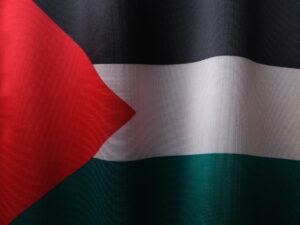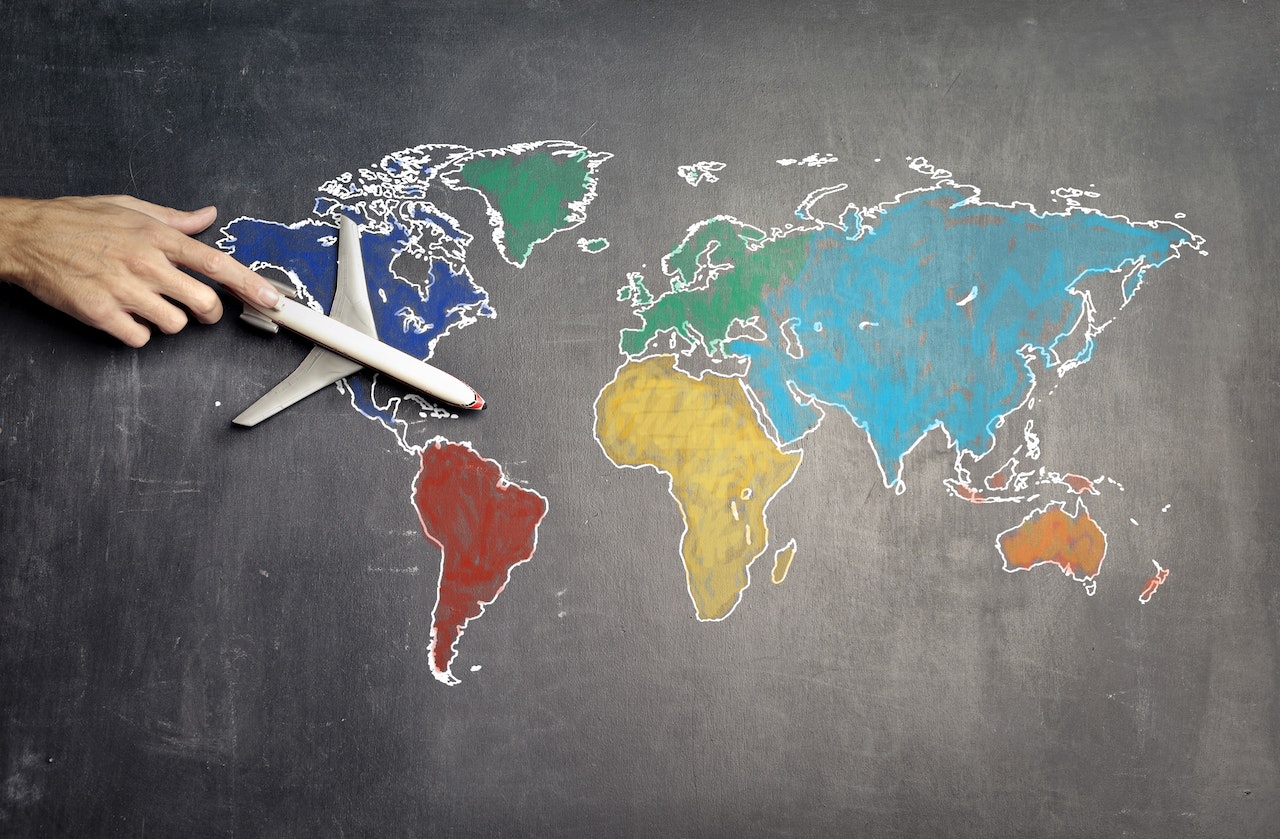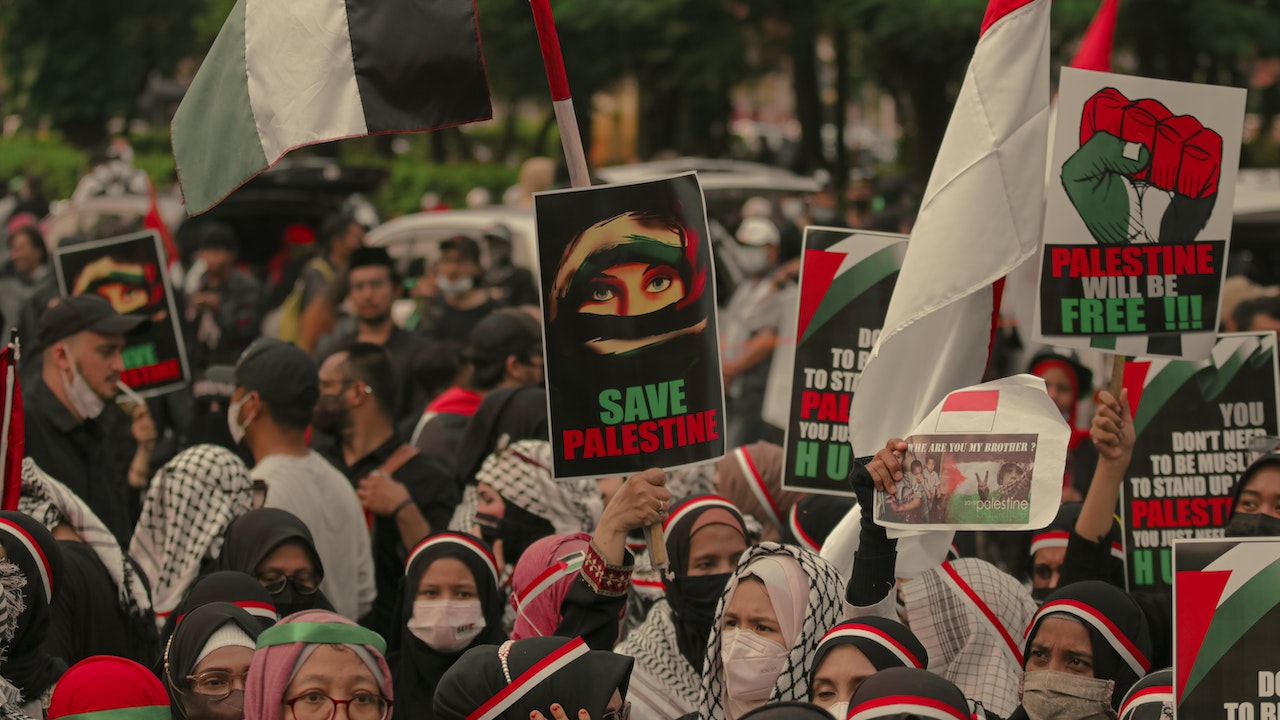Understanding the Dynamics of Palestine’s Population Growth

The current Palestine’s population situation is a complex issue that is influenced by various factors. One of the main drivers of population growth in Palestine is high fertility rates, with an average of 3.9 children per woman. This can be attributed to a combination of cultural norms, limited access to contraceptives, and the importance placed on family in Palestinian society. Another factor contributing to the population dynamics in Palestine is migration. Due to political and economic challenges, many Palestinians have been forced to leave their homes and seek refuge elsewhere. The ongoing conflict with Israel has also resulted in displacement within Palestinian territories, leading to internal migration patterns.
There are external forces affecting population growth as well. The Israeli government has played a significant role in controlling the movement of people into and out of Palestine through restrictions on travel and residency permits. These policies have contributed to demographic changes within the region. Understanding current Palestine’s population situation requires taking into account the various factors that influence both fertility rates and migration patterns. By doing so, we can gain insight into the dynamics shaping Palestinian society as it continues to grapple with political instability and societal changes amidst one of the most protracted conflicts in modern history.
Economic Implications of Palestine’s Population Growth

Rapid population growth can have significant economic implications for a country like Palestine. On one hand, an expanding population can be seen as a potential resource, with more people available to contribute to the labor force and drive economic growth. However, without proper planning and infrastructure development, population growth can also strain resources and lead to increased unemployment rates and poverty levels. One key challenge of population growth is ensuring that there are enough job opportunities for everyone. As the number of working-age individuals increases, it becomes crucial to create new jobs through investments in sectors such as manufacturing, construction, and services. Failure to do so could result in high levels of unemployment, especially among young people who make up a significant portion of the growing population in Palestine.
Rapid population growth places pressure on infrastructure systems such as healthcare facilities, schools, and transportation networks. With a larger number of people requiring access to these services, there is a need for adequate funding and planning to ensure their expansion. Neglecting this aspect could lead to overcrowded hospitals or schools struggling to accommodate all students effectively. While population growth offers potential opportunities for economic development in Palestine through an expanded labor force and consumer market size, proactive measures must be taken to address the challenges it presents. Investing in job creation initiatives and improving infrastructure will be essential for harnessing the positive aspects of population growth while mitigating its negative impacts on employment opportunities and public services provision.
Challenges Faced by Palestine’s Population

One of the most pressing challenges faced by Palestine’s population is limited access to resources and infrastructure. As the population continues to increase, there is a strain on essential services such as healthcare, education, and housing. Hospitals and schools are overcrowded, making it difficult for people to receive proper medical care or quality education. Additionally, the lack of affordable housing options leads to increased housing prices and an expanding informal housing sector, exacerbating living conditions for many Palestinians. Another significant challenge faced by Palestine’s population is the high unemployment rate among young people. The youth demographic in Palestine constitutes a significant portion of the overall population, but they often face limited job opportunities due to various factors such as political instability and restrictions on movement imposed by Israeli authorities. This poses not only economic challenges but also social ones as young people struggle with feelings of frustration and disillusionment about their future prospects. Addressing this issue requires concerted efforts from both local and international actors to create an environment that fosters entrepreneurship and employment for the country’s youth.
Palestine’s population presents numerous challenges that need urgent attention. Access to resources and infrastructure must be improved to meet the needs of a larger population while addressing issues such as unemployment among young people is crucial for ensuring a hopeful future for Palestinian society. It is crucial for policymakers, community organizations, and international stakeholders to prioritize these challenges in order to create sustainable solutions that will enable the growth of a thriving Palestinian society.
Strategies for Sustainable Palestine’s Population Management
One strategy for sustainable Palestine’s population management in Palestine is the promotion of family planning programs and access to contraceptives. By providing education and resources on reproductive health, individuals can make informed choices about their family size and spacing of children. This not only allows for the empowerment of women but also helps reduce the burden on the environment by curbing population growth. Another effective strategy is investing in quality education, especially for girls. Studies have shown that increased access to education leads to lower fertility rates as women tend to have fewer children when they are more educated and economically empowered. By focusing on girls’ education, Palestine can foster a future generation that will be equipped with knowledge and skills to make informed decisions regarding their reproductive health, ultimately leading to sustainable population management.
These strategies emphasize the importance of empowering individuals through education and reproductive health services in order to promote sustainable population management in Palestine. By addressing underlying factors that contribute to high population growth rates, such as limited access to family planning methods and lack of educational opportunities for girls, we can pave the way toward a more prosperous future while preserving our precious resources.
Understanding and Addressing Palestine’s Population Dynamics

In conclusion, understanding and addressing Palestine’s population dynamics is crucial for both the Palestinians and the international community. The rapid population growth in the region presents unique challenges that need to be tackled effectively. One of the key factors contributing to this growth is the high fertility rates among Palestinian women. Addressing this issue requires a multi-faceted approach, including improved access to education and healthcare for women, as well as promoting family planning services. Another important aspect of Palestine’s population dynamics is the influx of refugees from neighboring countries. Many Palestinians have been displaced due to conflicts and displacement in their homeland, leading to an increased refugee population in Palestine. This adds additional strain on resources and infrastructure, requiring comprehensive solutions that involve cooperation between countries hosting refugees and international organizations.
Efforts should be made to address economic hardships faced by Palestinians, which often drive young people towards emigration. Providing opportunities for gainful employment within Palestinian territories can help stem the outflow of talented individuals seeking better prospects elsewhere. Understanding and addressing these complex population dynamics requires a comprehensive approach that encompasses issues such as education, healthcare, family planning, refugee resettlement, and economic development. By taking a holistic view of these factors and collaborating with various stakeholders, it is possible to mitigate the challenges posed by Palestine’s growing population while fostering sustainable social and economic development for all its inhabitants.



